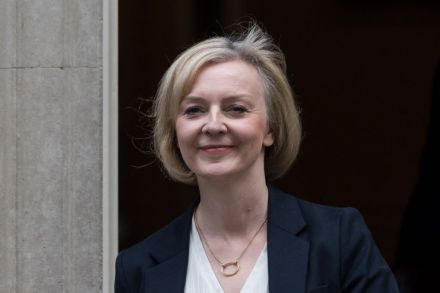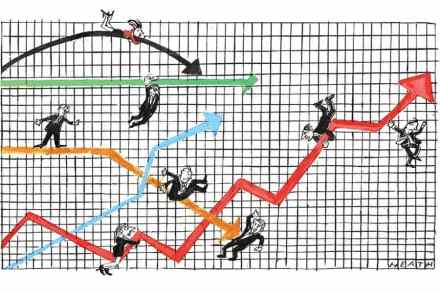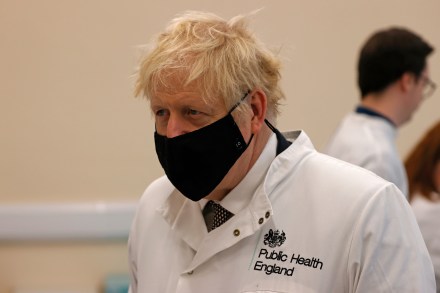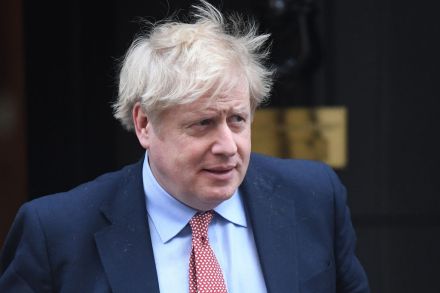Liz Truss returns – again
14 min listen
It’s 18 months since Liz Truss left Downing Street and her new memoir, Ten Years to Save the West, is out. She gave her first interview to Fraser Nelson on Spectator TV, covering why she wants to abolish the Supreme Court, Donald Trump, her husband’s warning that her leadership bid would end in tears, and so much more. We also cover Iran’s missile attack on Israel, and what might come next. James Heale speaks to Katy Balls and Fraser Nelson. Produced by Megan McElroy. You can listen to the full interview on Spectator TV:








